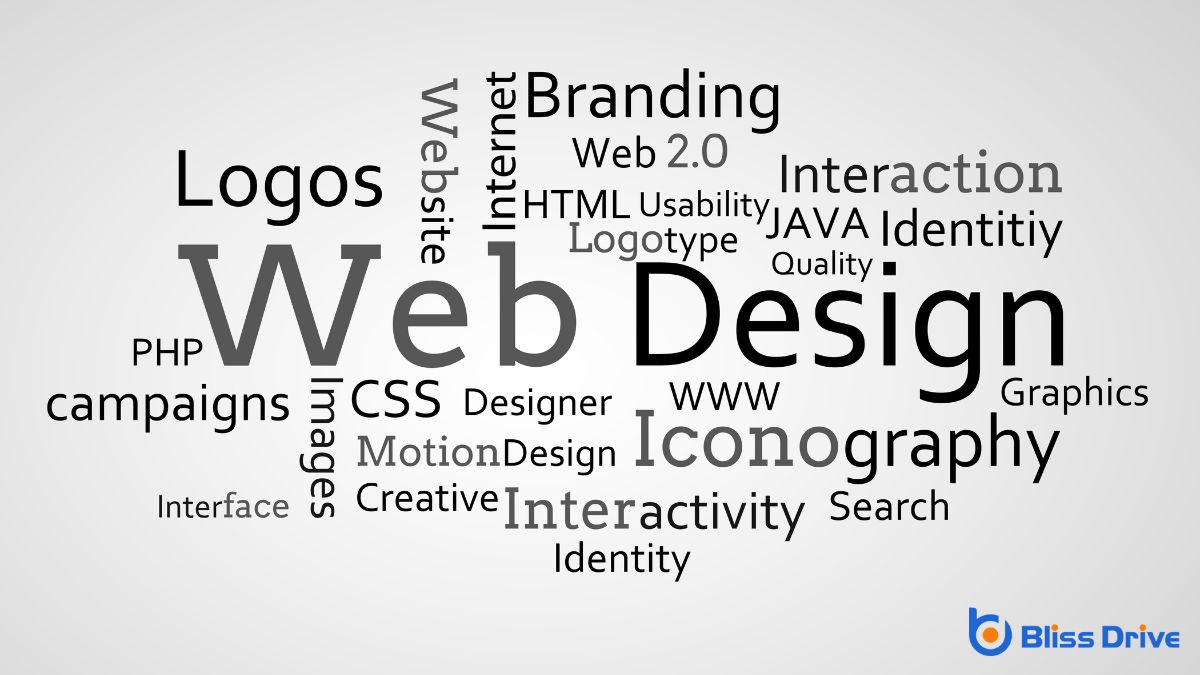Learn More About Us

As we explore the connection between web design and SEO, it's vital to reflect on how these elements work together to enhance a website's visibility and functionality. We often wonder if web design inherently includes SEO practices, or if they remain distinct disciplines. Let's examine how integrating SEO into web design from the start can leadA potential customer referred by an affiliate who has shown interest in the product or service but h... to a more effective online presence, enticing users and search engines alike.

When we explore the world of web design, it's essential to grasp its core components to create a successful online presence. First, we need to focus on layout and structure, as they guarantee our content is organized and accessible.
Visual aesthetics, including color schemes and typography, play a significant role in attracting and engaging users. Functionality is another important component, making certain our site is user-friendly and performs efficiently across different devices.
We can't overlook the importance of navigation, allowing visitors to easily find information. Finally, we should prioritize responsive designA web design approach that makes web pages render well on a variety of devices and window or screen ..., as it adapts our site to various screen sizes.
When we think about boosting our website's visibility, SEO plays an essential role in attracting more traffic by enhancing our search rankings.
By optimizing our content and structure, we can guarantee that search engines rank our site higher, making it more accessible to users.
Let's explore how effective SEO strategies can transform our online presence and drive more visitors to our site.
To truly understand SEO's impact on traffic, we must recognize its crucial role in enhancing website visibility. When search engines like Google recognize our site's relevance and authority, they rank it higher in search results. This means potential visitors are more likely to find us when searching for related topics.
By strategically using keywordsWords or phrases that users type into search engines to find information. and optimizing content, we guarantee our website appears prominently, increasing the likelihood of clicks and visits.
SEO doesn't just attract more visitors; it attracts the right ones. By aligning our content with users' search intentThe purpose behind a user’s search query., we're likely to engage visitors genuinely interested in what we offerThe specific product or service being promoted by affiliates..
This targeted traffic means higher chances of conversions, whether we're aiming for sales, sign-ups, or any other goal. Fundamentally, effective SEO drives meaningful traffic.
Improving search rankings is essential for boosting our website's visibility, and SEO plays a foundational role in this enhancement. By optimizing our site's content, structure, and performance, we can make it more appealing to search engines. This means using relevant keywords, creating high-quality content, and ensuring fast load times.
When we focus on SEO, we're fundamentally communicating to search engines that our site is valuable and relevant to users' queries.
Moreover, incorporating on-page and off-page SEOOptimization actions taken outside the website, primarily involving backlinks and social media. strategies helps us build authority and trustworthiness. On-page SEOOptimization techniques performed directly on the website, including content and HTML source code. involves elements like meta tagsHTML tags that provide information about a web page to search engines and visitors. and internal linkingLinks that connect different pages on the same website., while off-page SEO focuses on backlinksLinks from other websites pointing to your website, crucial for SEO. from reputable sites.
As we explore web design, it’s important to integrate key SEO elements right from the start. Doing so guarantees that our website doesn't just look good but also performs well in search engine rankings.
First, let's focus on keyword researchThe process of finding and analyzing search terms that people enter into search engines.. We should identify relevant keywords and naturally incorporate them into titles, headers, and content. This helps search engines understand our site's purpose.
Next, creating a clear site structure is essential. It allows for easy navigation, improving user experience and search engine crawlingThe process by which search engines discover new and updated web pages to index..
Additionally, optimizing images by using descriptive file names and alt tags can boost visibility.
Finally, let's not forget about fast load times. A speedy website keeps visitors engaged and satisfies search engines, both critical for SEO success.
In today's digital age, more than half of all web trafficThe number of visitors to a website, often used as a measure of an affiliate's reach and influence. comes from mobile devices, making mobile-friendly design an indispensable aspect of web development.
We need to guarantee our websites are responsive, meaning they adapt seamlessly to different screen sizes. This isn't just about aesthetics; it greatly impacts our SEO. Search engines prioritize mobile-friendly sites because they enhance user experience.
By focusing on a responsive design, we can improve loading times and site navigation, which are both vital for retaining visitors and reducing bounce rates.
Moreover, using mobile-optimized images and minimizing unnecessary elements can enhance performance.
Let's make certain our design isn't only visually appealing but also functional across devices. This approach will lead to better rankings and increased visibility.
Ensuring our web design is mobile-friendly sets the stage for the next crucial element in our digital strategy: user experience (UX)The overall experience a user has when interacting with a website or application, including usabilit....
UX isn't just about aesthetics; it's about how our visitors interact with our site. A seamless, intuitive experience can greatly improve our SEO efforts. When users find our site easy to navigate, they're more likely to stay longer, reducing bounce rates and signaling to search engines that our content is valuable.
In addition, positive user experiences often lead to more social sharing and return visits, amplifying our site's authority and relevance. Let's remember that search engines prioritize user satisfaction.
A handful of common web design mistakes can considerably hurt our SEO efforts.
First, neglecting mobile responsiveness is a significant error. With most users accessing websites via mobile devices, our sites must adapt seamlessly to different screen sizes.
Second, slow loading times can deter visitors and search engines alike. Optimizing images and scripts helps improve speed.
Third, overlooking metadata, such as title tags and meta descriptions, can diminish our visibility in search results. These elements guide search engines in understanding our content.
Fourth, using large images or excessive multimedia without optimization may slow down our site.
Finally, failing to implement proper header tags can confuse search engines about our content hierarchy.
Avoiding these mistakes guarantees a better SEO foundation.

While avoiding common web design mistakes is essential for maintaining good SEO, working closely with SEO experts can elevate our website's performance even further.
By fostering open communication, we guarantee both design and SEO priorities align, creating a seamless user experience that search engines love. Let’s schedule regular meetings where designers and SEO experts can share insights and updates. This approach helps us anticipate potential issues and adapt our strategies accordingly.
We should also encourage knowledge sharing. When designers understand SEO principles, they can make informed design choices that naturally support optimization.
Similarly, SEO experts benefit from understanding design constraints. Using collaborative tools like shared project boards keeps everyone informed and aligned, ultimately crafting a website that’s both visually appealing and highly searchable.
In wrapping up, we’ve seen how essential it is to integrate SEO into web design. By focusing on elements like keyword optimization, mobile responsiveness, and clear site structure, we can boost visibility and user experience. Let’s not forget that a well-designed site should also drive engagementThe interactions that users have with a brand’s content on social media. and conversions. By collaborating effectively, designers and SEO experts can create websites that are not only visually appealing but also optimized for search engines. Together, we’ll guarantee our websites truly succeed.
